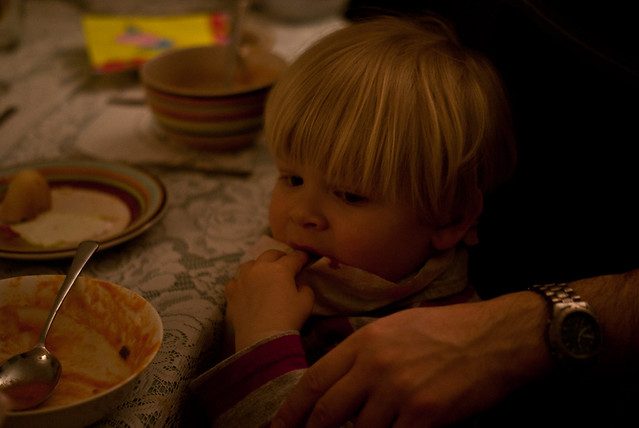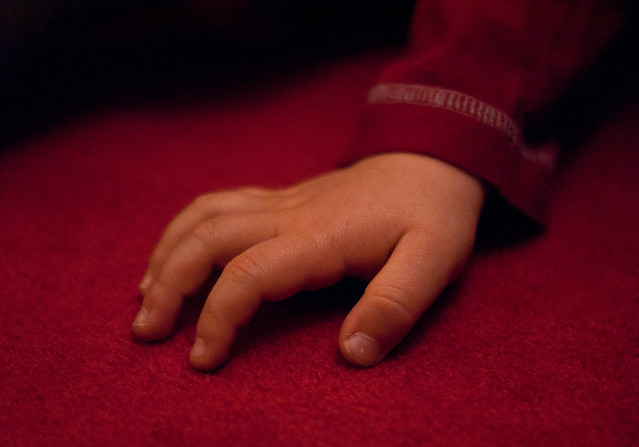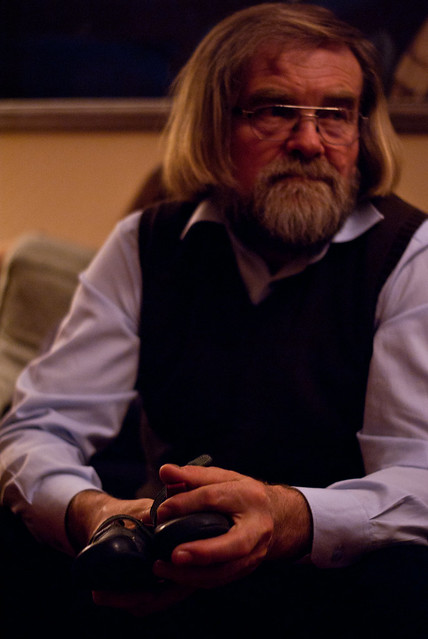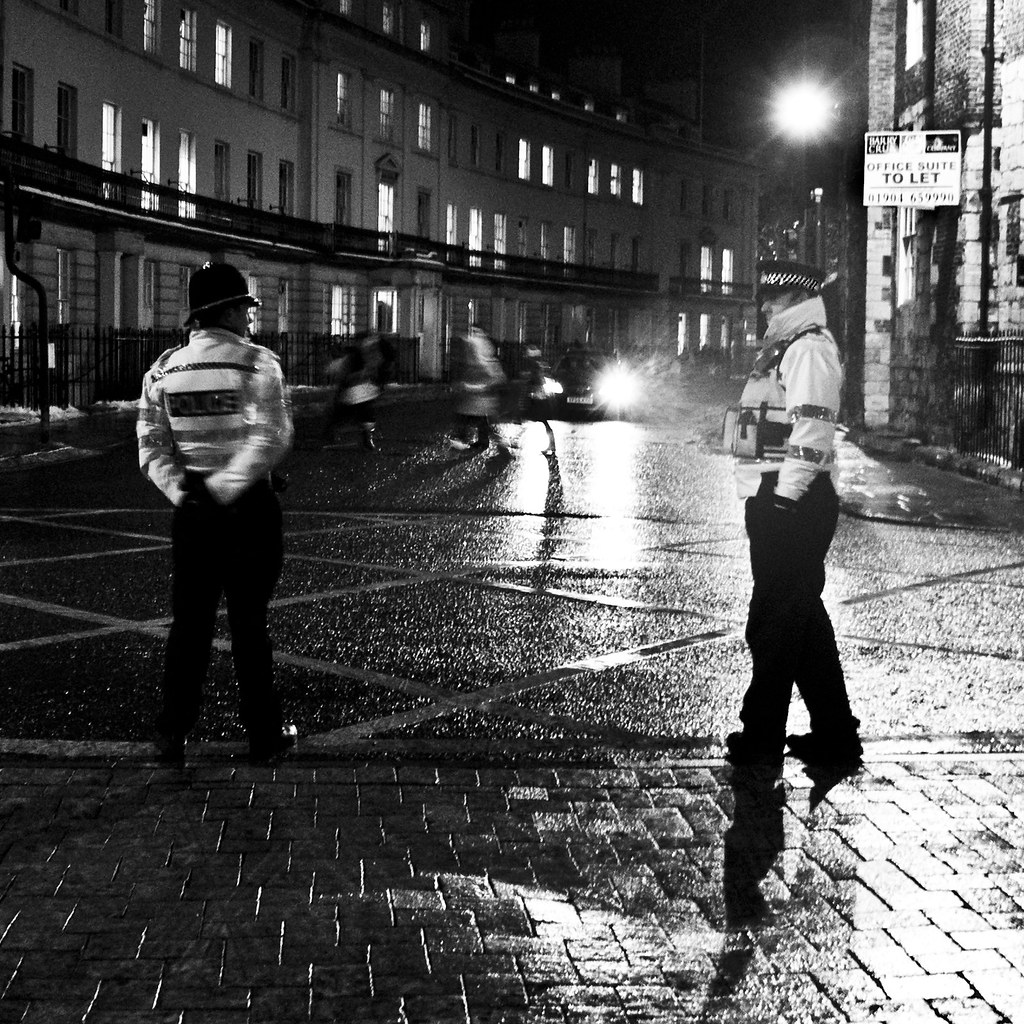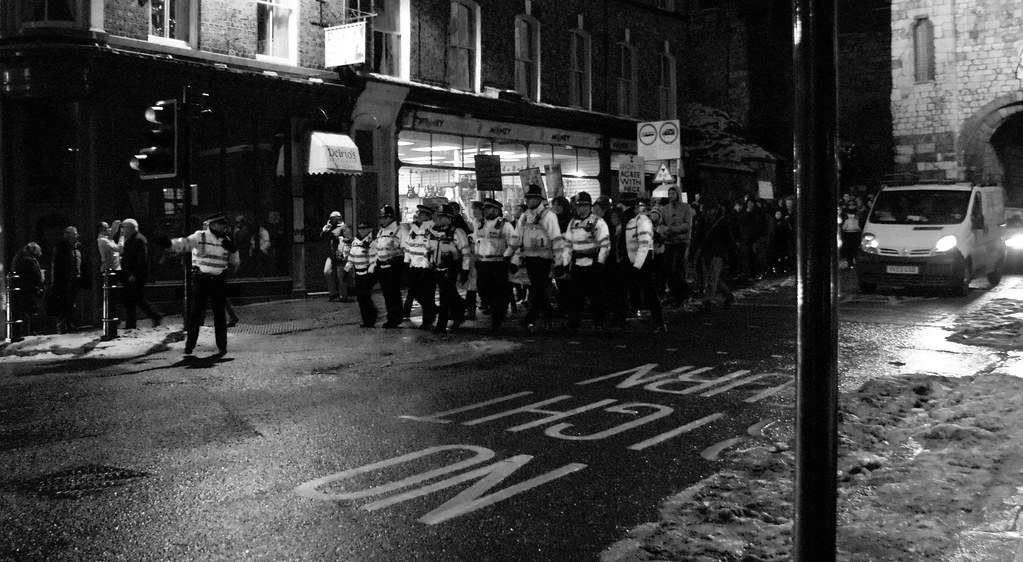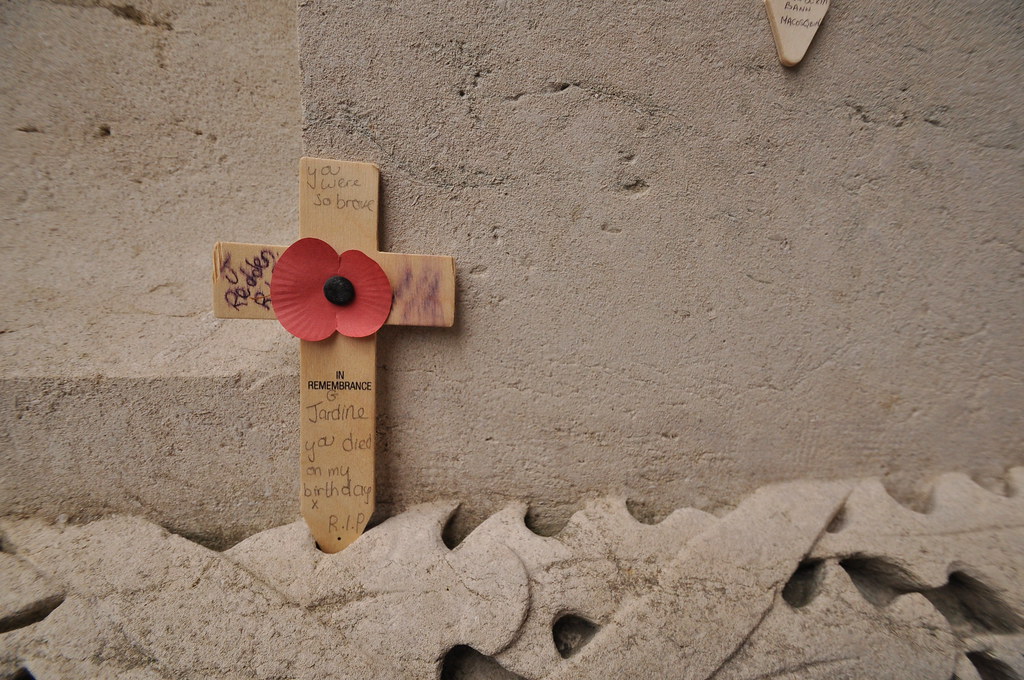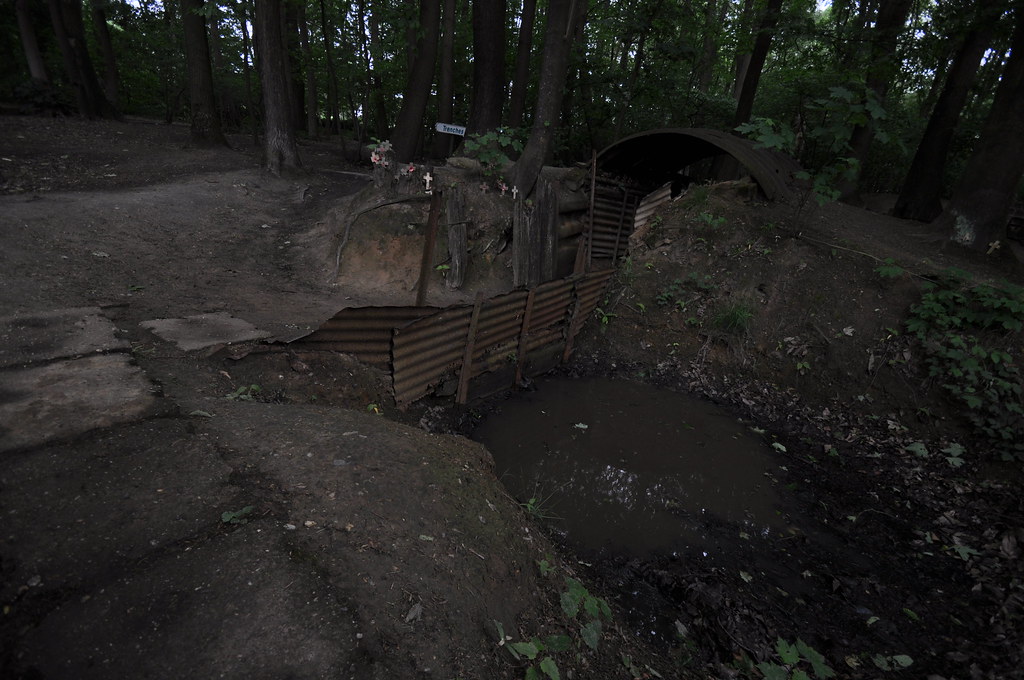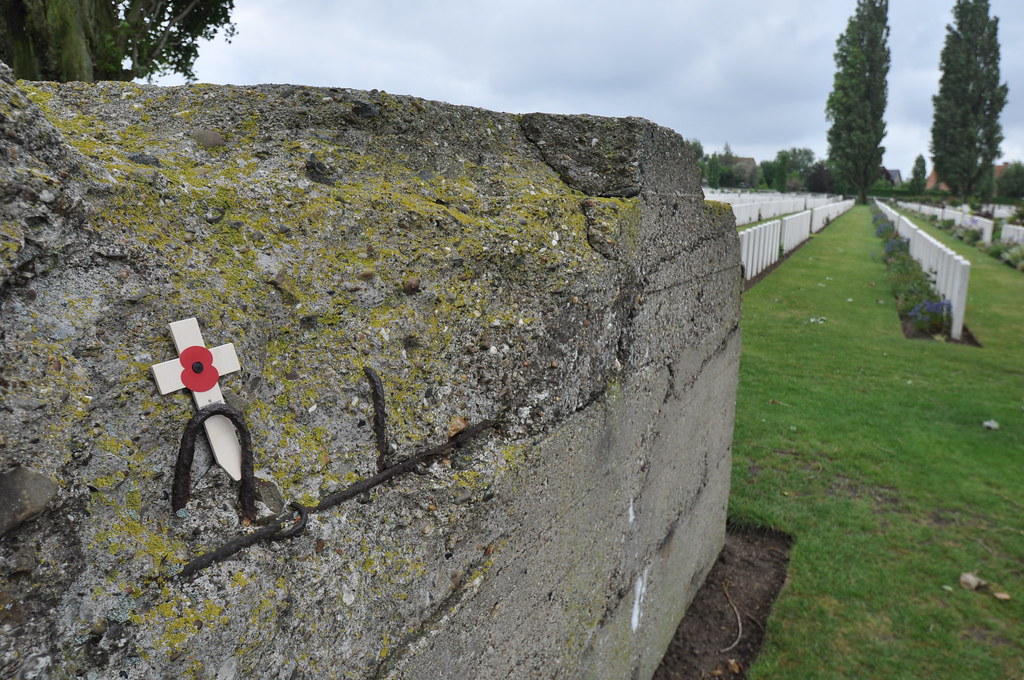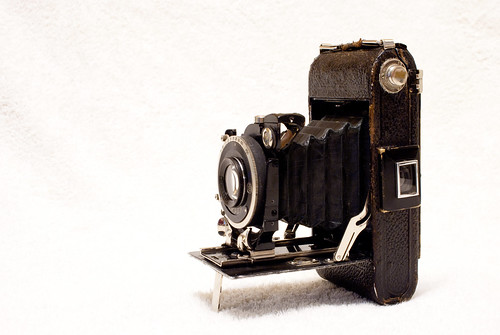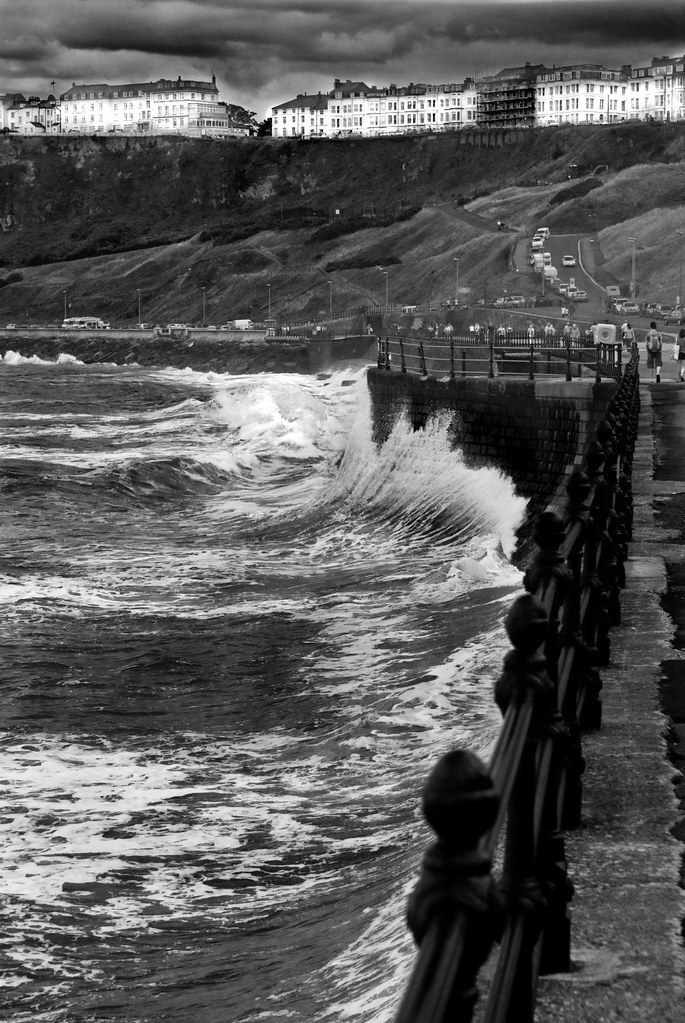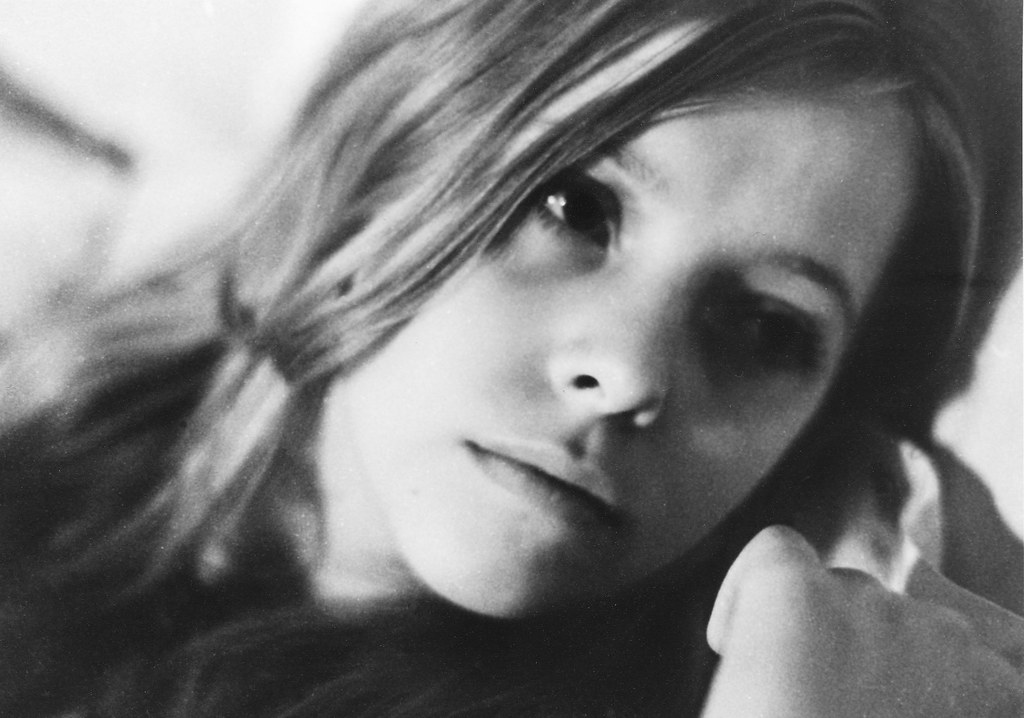Tuesday 3 May 2011
P.S.: More posts, more frequently
I've been extremely busy of late, but will be posting more often now, having got the shots to illustrate with!
Toddlers
Small children are nearly always photogenic. That doesn’t mean that every photograph is going to turn out great, but it does help to give you an endearing subject to work with. These two little boys here are of Polish decent and speak both English and Polish to a respectable level, each according to their age of course. They came for a semi-formal dinner held for some Polish friends who had taken us in and showed us Polish life when we visited Poniatowa , Poland
These boys know the place, but they don’t know the history. The blissful innocence of childhood is obvious as they try to sit at the dinner table like grown-ups. Of course, the small child will always struggle with furniture proportions, and the typical ‘Chin on the table’ pose is adopted in order to eat and observe interactions between adults. Dad helps the youngest, Wojech to eat some soup, a reassuring arm around him as he tucks into a bread roll. He sees me taking a photo and hides in the crook of his dad’s elbow. Seeing half a face merge into a big, black SLR must be a scary thing when you don’t know what it is.
After dinner, the tired boys dose off, one on mum’s knee, one on dad’s. Mieszco goes to sleep completely and is out for the night. Wojech just flops in contentment over his father’s lap. Never was a more peaceful scene observed, such a level of relaxation trumped as that little boy’s. The feeling of warmth and security was obvious, as he toyed with his grandfather’s foot, legs stretched out across the red carpet.
On the sofa his grandfather, Tadeusz, held his little shoes, looking down at them occasionally with that mix of pleasure, wonderment and affection that grandparents have when they think back to their own children at that age. Seeing the effect these little shoes had on a man that had endured such oppression in his time and had such hard hands from his work was wonderful, there is a way to any person’s heart.
Friday 10 December 2010
Social Standards
Social Standards
I was sorry to have missed the protests in London that have been going on for the past few days. Students have been demonstrating against the Coalition’s plans to up the cap for University tuition fees to £9,000 a year. This will mean that students will leave University with a minimum of £27,000 worth of debt from their course fees alone (It’s all very well saying that not all Universities will put their fees up to the top, but with the cuts to HE they won’t have a choice). Then there are the living expenses. The University Of Glamorgan’s halls of residence (In Cardiff) cost nearly £3,500 for a year’s rent (all-inclusive(not food) admittedly).
I am not sorry for having missed them as a participant, but from a photographic point of view. I have seen the dramatic photos of those decent photographers who were in the crowd itself and there is a sense of action and drama that there doesn’t seem to be elsewhere from what I have seen.
The worst of it was that I had a shoot on the evening of the 9th, so having booked that, I got a nasty shock when walking into York with my model on the way to the location when the police were spread across the road ahead of and advancing column of students. Slogans were being shouted, banners waved and a general feeling of anger and frustration prevailed. I shot what I could, but my model was not best dressed for near-zero temperatures, so I really had to concentrate on that job.
There won’t be any more protests like this I don’t suppose. Not in York anyhow. The Government shamefully voted to crush students with debt.
I hope Nick Clegg is happy with his position as Deputy Prime Minister (or is that: Tory Lap Dog?). We'll see how in touch he is with reality when he is ejected from his seat in Sheffield and thence from Parliament.
Saturday 4 December 2010
Wilfred Owen: The greatest gain, the greatest loss
Bent double, like old beggars under sacks,
Knock-kneed, coughing like hags, we cursed through sludge,
Till on the haunting flares we turned out backs,
And towards our distant rest began to trudge.
Men marched asleep. Many had lost their boots,
But limped on, blood-shod. All went lame, all blind;
Drunk with fatigue; deaf even to the hoots
Of gas-shells dropping softly behind.
Gas! GAS! Quick, boys!--An ecstasy of fumbling
Fitting the clumsy helmets just in time,
Knock-kneed, coughing like hags, we cursed through sludge,
Till on the haunting flares we turned out backs,
And towards our distant rest began to trudge.
Men marched asleep. Many had lost their boots,
But limped on, blood-shod. All went lame, all blind;
Drunk with fatigue; deaf even to the hoots
Of gas-shells dropping softly behind.
Gas! GAS! Quick, boys!--An ecstasy of fumbling
Fitting the clumsy helmets just in time,
But someone still was yelling out and stumbling
And flound'ring like a man in fire or lime.--
Dim through the misty panes and thick green light,
As under a green sea, I saw him drowning.
In all my dreams before my helpless sight
He plunges at me, guttering, choking, drowning.
If in some smothering dreams, you too could pace
Behind the wagon that we flung him in,
And watch the white eyes writhing in his face,
His hanging face, like a devil's sick of sin,
If you could hear, at every jolt, the blood
Come gargling from the froth-corrupted lungs
Bitter as the cud
Of vile, incurable sores on innocent tongues,--
My friend, you would not tell with such high zest
To children ardent for some desperate glory,
The old Lie: Dulce et decorum est, Pro patria mori.
This poem is, of course, Dulce et Decorum Est by Wilfred Owen. A lot of people know it, or have heard of it, as many students look at Owen in British Schools. As a result of this, the quality of this poetry is quickly discarded by people who, having studied this in school, forget about it as a part of the rest of their (apparently) largely useless education. This is a disaster. Nothing less.
And flound'ring like a man in fire or lime.--
Dim through the misty panes and thick green light,
As under a green sea, I saw him drowning.
In all my dreams before my helpless sight
He plunges at me, guttering, choking, drowning.
If in some smothering dreams, you too could pace
Behind the wagon that we flung him in,
And watch the white eyes writhing in his face,
His hanging face, like a devil's sick of sin,
If you could hear, at every jolt, the blood
Come gargling from the froth-corrupted lungs
Bitter as the cud
Of vile, incurable sores on innocent tongues,--
My friend, you would not tell with such high zest
To children ardent for some desperate glory,
The old Lie: Dulce et decorum est, Pro patria mori.
This poem is, of course, Dulce et Decorum Est by Wilfred Owen. A lot of people know it, or have heard of it, as many students look at Owen in British Schools. As a result of this, the quality of this poetry is quickly discarded by people who, having studied this in school, forget about it as a part of the rest of their (apparently) largely useless education. This is a disaster. Nothing less.
Most patriotic types (I admit, I used to fall for it) look at the poetry of Rupert Brooke (absolutely superb poet in his own right) and look closer at it because it falls closer to their idea of what war is. It is not a horrific, wasteful sacrifice, but a glorious route to infamy.*
* * * * *
I went to the French ‘Great War’ (First World War to most) battlefields at Easter. It’s taken this long for me to really start to appreciate this trip. Initially, I approached the trip from an historical perspective, as I have a fair interest in military history. During the trip, I looked at the battlefields, compared them to the maps we had and, of course, looked at the scenes from a photographer’s perspective. It was in my opinion, the making of myself as a serious photographer in a sense.
The way I photographed was a challenging one, and in a way the way I did it was entirely subconscious. I was trying to photograph people. People who had died on those fields nearly 100 years ago. Still at that time, an event in living memory. This is a challenge at the best of times, but trying to capture how people were when they simply aren’t there to be photographed is even harder. Very quickly it becomes apparent, as you look at the great memorials erected to the dead, that the death in war is no glorious route to infamy. Rather, you disappear into the mists of time faster than any other man. Who can name 10 men who have died from any one war? I’ll bet that not many can name five who died in the current war in Afghanistan
Only recently was I reminded of this trip by a program the BBC showed last month about Wilfred Owen’s poems and life. All of a sudden, things started to tally up in my mind. Cognitions are still happening now, so you may only get the half-baked idea here.
For some time, I have wanted to go out to places like Afghanistan Iraq Griffiths Vietnam USA Britain
To record mankind at its worse is an extreme and risky occupation, but only through exposing what war is really about can we ever hope to stop this primitive, disgusting and hateful habit of humanity to refuse to rise above our base instincts.
Wilfred Owen died seven days before the end of the war.
End of essay. Take care.
Notes:
*The poem I had specifically in mind was The Soldier:
If I should die, think only this of me:
That there's some corner of a foreign field
That is for everEngland
In that rich earth a richer dust concealed;
A dust whom England bore, shaped, made aware,
Gave once her flowers to love, her ways to roam;
A body of England's, breathing English air,
Washed by the rivers, blest by suns of home.
And think, this heart, all evil shed away,
A pulse in the eternal mind, no less
Gives somewhere back the thoughts by England given;
Her sights and sounds; dreams happy as her day;
And laughter, learnt of friends; and gentleness,
In hearts at peace, under an English heaven.
That there's some corner of a foreign field
That is for ever
In that rich earth a richer dust concealed;
A dust whom England bore, shaped, made aware,
Gave once her flowers to love, her ways to roam;
A body of England's, breathing English air,
Washed by the rivers, blest by suns of home.
And think, this heart, all evil shed away,
A pulse in the eternal mind, no less
Gives somewhere back the thoughts by England given;
Her sights and sounds; dreams happy as her day;
And laughter, learnt of friends; and gentleness,
In hearts at peace, under an English heaven.
Wilfred Owen produced what I see as a response to this:
An Imperial Elegy
Not one corner of a foreign field
But a span as wide asEurope ;
An appearance of a titan's grave,
And the length thereof a thousand miles,
It crossed allEurope like a mystic road,
Or as the Spirits' Pathway lieth on the night.
And I heard a voice crying
This is the Path of Glory.
But a span as wide as
An appearance of a titan's grave,
And the length thereof a thousand miles,
It crossed all
Or as the Spirits' Pathway lieth on the night.
And I heard a voice crying
This is the Path of Glory.
**The best book of Don McCullin’s photographs is called ‘Don McCullin’. This way you not only get to see this man’s poignant photographs of (numerous) war(s), you get to see his other captures, of tribes-people of Irian Jaya and his gorgeous landscapes of Somerset, which deserve a rich recognition in their own right.
***’It’ being his book, Vietnam Inc. This was published in the US UK US Vietnam
Monday 29 November 2010
Introductions
I suppose I ought to really tell anyone who is reading this a bit about myself. This (hopefully) comes out in my photography and working style, but not all of it will be so obvious.
At present (11/2010), I am a photography student doing A-levels (Photography, Product design and Psychology). I am looking to study photography at University next year, either on a general photography course or the Press and Editorial Photography course at UC Falmouth.
I use a variety of kit, from medium format bellows cameras to DSLRs, and a variety in-between. I have three medium formats, the Ihagee Bellows and a Lubitel 166 Universal. Also I have a Voitgtlander Superb, but I need to find a replacement lens before I can use it, as there’s a massive chunk of glass missing (crying shame). I have three 35mm SLRs, a relatively new Canon EOS500 (on loan) and two M42 fit SLRs: a Praktica Super TL1000 (my backup) and an Asahi Pentax Spotmatic. These SLRs are my favourite cameras because you have to set everything up manually, from aperture to shutter speed and focusing, there’s no ‘intelligent auto’ mode where the camera just does everything itself. Whilst IA modes make a camera easy to sell to the masses, it doesn’t lead to ‘proper’ photographers, because it doesn’t matter how creative these people are, by leaving their cameras on IA, they will never understand the technical aspects needed to make their photos better.
It sounds Luddite, but I do believe that a true photographer must be involved with their photos, in every sense of the word, to produce something amazing.
I suppose that that would sum me up quite nicely, if it weren’t for my modern kit. My DSLR is currently a Sony A300 with Vertical (portrait) grip. It’s a smashing camera, and does most of the stuff I need of it. The only place where it doesn’t perform entirely well is survivability. Sure, as an avid hiker, it’s been out and about in all sorts of weather. It’s survived snow, dust and high humidity, but I wouldn’t like to try it out in any torrential rain anytime soon, or falling out of the truck for that matter. As I want to go to some pretty dangerous places (Afghanistan, Pakistan, Central and North Africa etc...) and take photographs of the horrific conflicts there, I’m ultimately going to need a camera that can take slightly more abuse. Thus I’m looking at either a Nikon D700 or a D3s (or whatever the equivalent is when I buy).
This all makes me sound like a bit of a kit-obsessed photographer (‘Technicians’ as I call them), which I’m not. I’m not in it for the latest gadget, but I do believe that there is the right bit of kit for the right job, and I do use all of these cameras in different situations. To prove that I’m not a technician, I will be writing about ‘feel’ during a lot of my posts, at risk of sounding like a complete floaty-headed creative which I’m not either.
Oh dear, this has turned into a bit of a rant....
Here's a photo to make up for it:
Take care.
Maintainence
I think it's fair to say that maintaining another internet/social networking page will polish me off. Nonetheless, here I go.
This is one of my latest photos. At the moment I'm developing a Film Noir portrait style. Because of the nature of the Film Noir genre, I'm not just shooting in digital. This is scanned into my computer from a print I made in the darkroom; thus the grainy quality. This film work really adds depth to my investigations and development of the style. Plus it gives me an opportunity to work with some smashing vintage cameras!
For those who shoot digital (especially if you use a DSLR), I would highly recommend going back to this medium, the quality is far greater than any B+W conversion done in Photoshop. The manual control is another thing. Some people buy a DSLR and then never take it off auto (something which disgusts me), but with the older film cameras you have no choice but to learn how to use it effectively. I guarantee that anyone who takes this bottom-up approach will improve as a photographer.
Subscribe to:
Posts (Atom)
